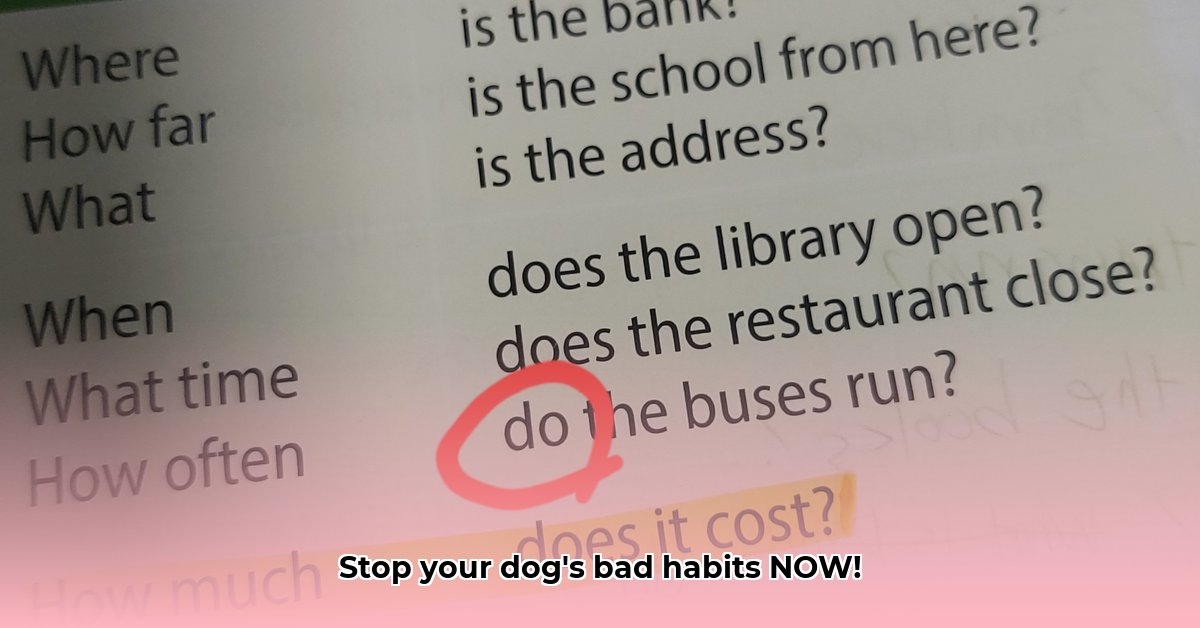Ever wonder what “Curb Your Dog” really means? It’s more than just a friendly suggestion; it’s about being a responsible pet owner and a good neighbor. This guide breaks down everything you need to know, from the historical context and the legal landscape to the everyday etiquette that keeps everyone happy. We’ll cover the different ways this phrase is understood, how the laws vary depending on where you live, the practical implications for dog owners, and most importantly, how to avoid any trouble and ensure a harmonious community. Let’s get started and make sure you’re following the rules, keeping your furry friend safe and happy, and contributing to a cleaner, more enjoyable environment for everyone.
What Does Curb Your Dog Mean? Unpacking a Common Phrase
Let’s be honest, “curb your dog” sounds a bit abrupt, doesn’t it? But this common phrase packs a powerful message about responsible pet ownership and canine behavior in public spaces. It’s more than just a simple instruction; it’s a call to be a good neighbor and a thoughtful member of your community. So, what exactly does it mean? Let’s unravel this everyday phrase and explore the nuances of pet etiquette.
A Historical Perspective: Tracing the Origins of “Curb Your Dog”
The phrase “curb your dog” originated in New York City in the early 20th century, specifically the 1930s. At the time, the city was grappling with a significant sanitation issue: dog waste on sidewalks. Before the widespread adoption of cars, horses were common in urban areas, and while people were used to animal waste in the streets, they wanted to keep sidewalks clean and accessible.
The “Curb Your Dog” campaign was launched to encourage dog owners to have their pets relieve themselves in the gutter, near the curb, rather than on the sidewalks where pedestrians walked. Signs with the phrase were posted throughout the city, and the message gradually became ingrained in the city’s culture. This early meaning focused primarily on directing dog waste away from pedestrian areas.
Beyond the Literal Curb: A Deeper Dive into Responsible Pet Ownership
Originally, “curb your dog” likely referred to the simple act of preventing your furry friend from doing their business directly on the sidewalk. Keeping poop off the pavement was—and still is—a crucial part of maintaining clean and pleasant public spaces. But the meaning has evolved significantly. Today, it represents a much broader concept of responsible dog ownership, encompassing responsible waste disposal, nuisance prevention, and ensuring public safety.
Think of it as a quick and easy way to summarize a whole bunch of responsibilities you have as a dog owner, including abiding by local ordinances. It implies a commitment to keeping your canine companion under control and preventing them from causing any problems for others. This encompasses more than just cleaning up after your dog but proactively ensuring public safety.
More Than Just Poop: The Expanding Definition of “Curb Your Dog”
Responsible dog ownership in today’s world goes far beyond just scooping the poop. It’s about proactively preventing problems before they arise and minimizing the impact on public space. Here’s a closer look at what “curbing your dog” really entails:
- Leash Laws: Many areas have leash laws in place. These are not just suggestions; they are regulations designed to ensure public safety and prevent unleashed dogs from running into traffic or frightening others. Always check your local ordinances to avoid violations.
- Waste Disposal: This is the most immediate and obvious aspect. Always carry poop bags and promptly clean up after your dog. It’s a simple act of courtesy that greatly improves the quality of life for everyone and shows respect for shared spaces.
- Behavior Management: A well-behaved dog is a happy dog, and a happy dog is a well-behaved member of society. This means addressing any issues like excessive barking, jumping, or aggression through training and positive reinforcement.
- Respecting Boundaries: Keeping your dog from urinating on private property, such as lawns, gardens, or buildings, is also part of curbing them. Urine can damage plants and create unpleasant odors.
The Legal Landscape: Knowing the Rules of the Road (and the Sidewalk)
While the phrase “curb your dog” isn’t a precise legal term, its message underpins many local laws and ordinances. These laws often cover areas such as:
- Leash requirements: Specific rules about when and where your dog must be leashed.
- Waste disposal regulations: Fines are common for not cleaning up after your pet. In New York City, for example, the fine for not picking up after your dog can be as high as $250.
- Breed restrictions: Some communities may have restrictions on certain dog breeds.
- Public Nuisance Laws: Many cities have ordinances addressing noise and nuisance issues. Excessive barking can result in fines or warnings to the dog owner.
- Designated Areas: Some public spaces designate specific areas where dogs are allowed to relieve themselves. Owners are responsible for knowing and adhering to these rules.
- Licensing and Registration: While not directly related to curbing, ensuring your dog is properly licensed and registered is a legal requirement in most areas.
- Animal Cruelty Laws: Neglecting to provide adequate care, including failing to clean up after your dog, can sometimes fall under animal cruelty laws.
Ignorance of the law is never an excuse. Familiarize yourself with your local regulations to avoid accidentally breaking the rules and facing potential fines or other penalties.
Community Harmony: It’s All About Respect
Responsible dog ownership is about more than avoiding legal trouble; it’s about building a positive and harmonious community. When everyone takes responsibility for their pets, everyone benefits. Imagine a park where dogs are well-behaved, their owners are attentive, and everyone feels safe and comfortable. That’s the ideal. Conversely, irresponsible dog ownership can create conflict, tension, and even fear.
Think of your dog as a representative of all dog owners. A well-behaved, well-managed canine is a positive ambassador for the entire canine community. But a poorly behaved dog can give all dog owners a bad name.
Training Your Dog: The Foundation of Responsible Ownership
Effective training is the cornerstone of responsible dog ownership. This isn’t just about teaching basic commands; it’s about building a strong bond with your dog and teaching them appropriate behavior in various settings.
Key Training Strategies:
- Positive Reinforcement: Focus on rewarding good behavior with praise, treats, or toys. This is far more effective than punishment. A happy dog is a more receptive learner.
- Socialization: Gradually expose your dog to different environments, people, and other dogs in a safe and controlled manner. Proper socialization helps them adapt and behave appropriately in various situations.
- Consistency is Key: Regular and consistent training is essential. Even short, daily training sessions can make a big difference.
- Professional Guidance: Consider enrolling in obedience classes or working with a professional dog trainer. They can provide expert advice and guidance tailored to your dog’s specific needs.
Navigating the Gray Areas: A Practical Approach
The interpretation of “curb your dog” can differ from place to place. There’s no single, universally accepted legal definition. However, the core principle remains the same: you are responsible for your dog’s actions and their impact on the community. When in doubt, always err on the side of caution. It’s better to be over-prepared than to risk causing problems.
Practical Scenarios:
- New Neighborhoods: When moving to a new area, take the time to research local dog-related ordinances. Contact your local city hall or animal control for specific rules.
- Traveling with Your Dog: Regulations can vary greatly from city to city and state to state. Always check the local rules before taking your dog to a new place.
- Unclear Signage: If you’re unsure about the rules in a particular area, assume the strictest interpretation. Keep your dog leashed, clean up after them, and prevent them from bothering others.
Your Action Plan for Responsible Pet Ownership
| Step | Description |
|---|---|
| Know Your Local Ordinances: | Research and fully understand all local leash laws, waste disposal rules, breed restrictions, and other relevant regulations. |
| Invest in Professional Training: | Consider professional training classes to address any behavioral issues and build a strong bond with your dog. |
| Consistent Waste Cleanup: | Always carry poop bags, clean up immediately after your dog, and dispose of waste properly. |
| Maintain Control at All Times: | Supervise your dog closely in public, using a leash whenever required or advisable. Prevent them from interactions they can’t handle. |
| Be a Respectful Neighbor: | Be mindful of other people and their property. Address any problems promptly and politely. |
Understanding “curb your dog” is about more than just following rules; it’s about being a responsible and considerate member of your community. It’s about showing respect for others and ensuring the well-being of your furry friend and those around you. It’s about being a great dog owner. How can you ensure that your dog walking habits are not only compliant but also considerate of other community members?
How to Legally Curb Your Dog in Public Spaces
Key Takeaways:
- “Curbing your dog” means responsible pet ownership, encompassing waste disposal and behavioral
- Why an App Appeared on My Phone Unexpectedly - November 22, 2025
- How to Stop Unwanted Apps from Automatically Downloading on Android - November 21, 2025
- Why Are Android Games Installing Themselves on Your Phone? - November 20, 2025










